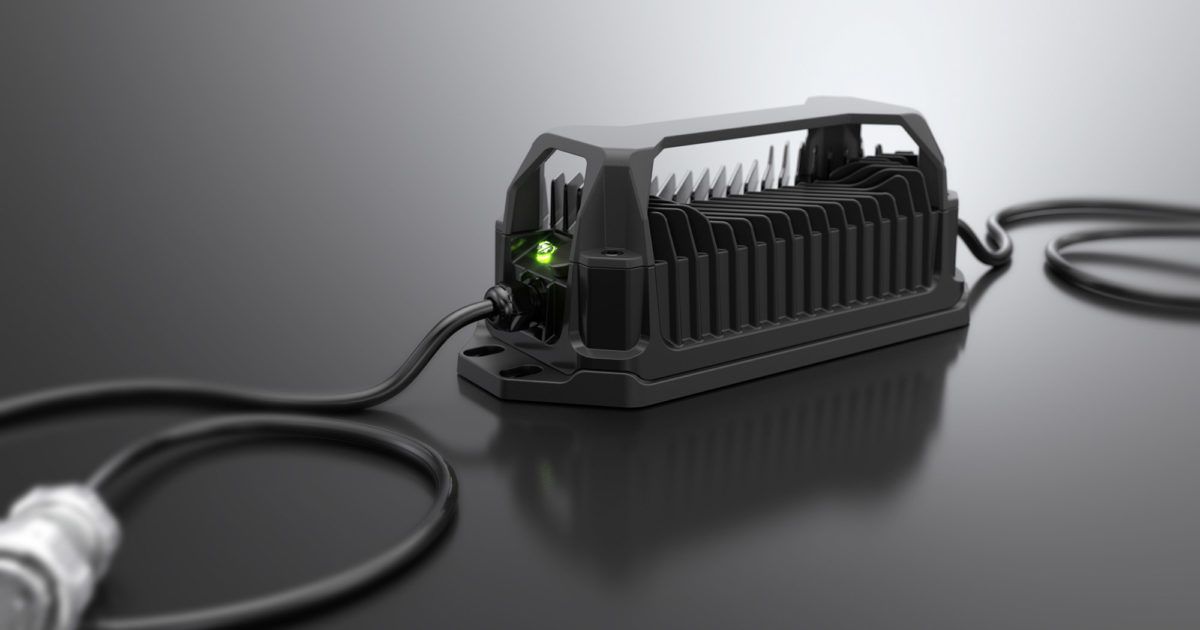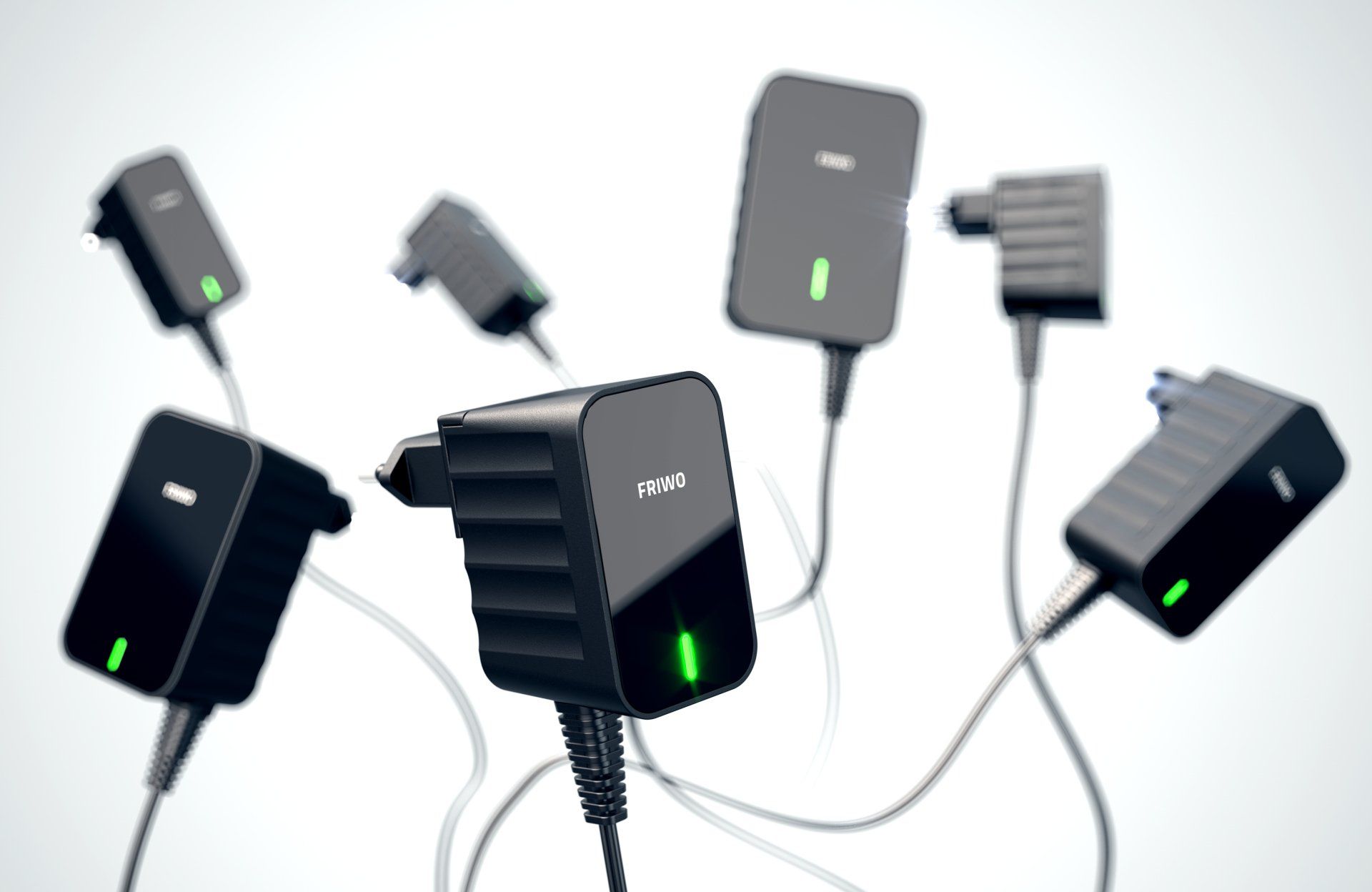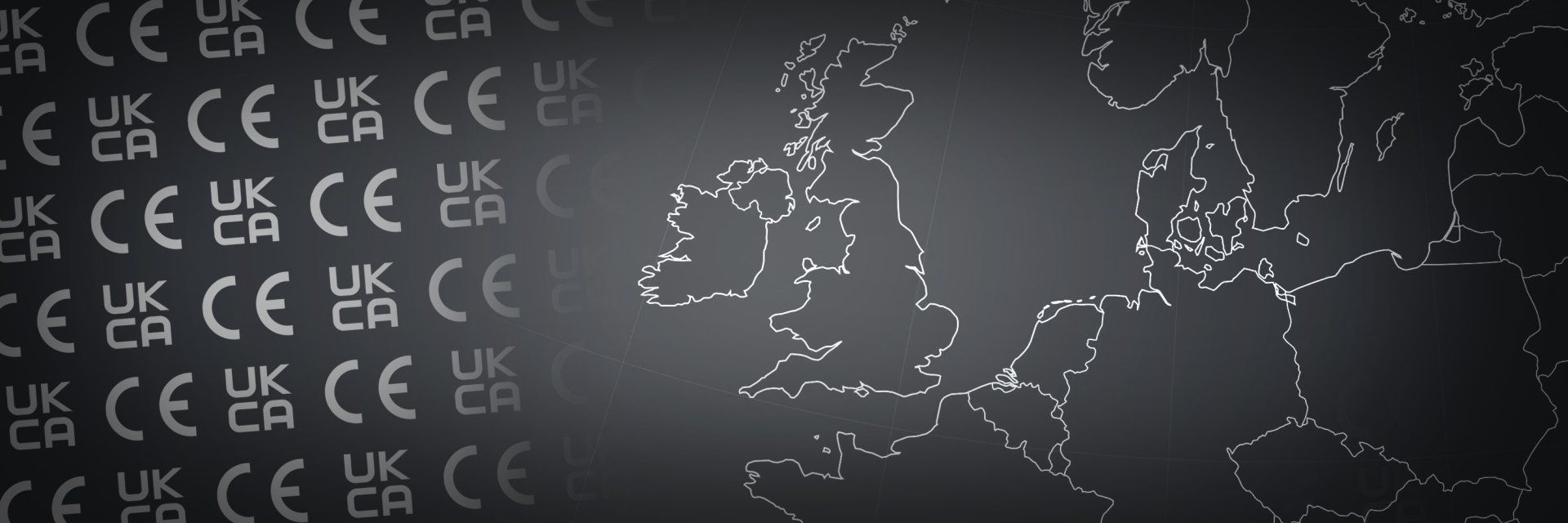Different Electronic Communication Systems
Ben Winstanley • June 12, 2020
This BLOG post is A Beginner's Guide to different types of Electronic Communication Systems, you may of heard of SMBus or CANBus before and not know what they stand for or what they do, well read this BLOG for a little more info!
A detailed overview of each communication system will be published at later date [sign up to our newsletter]
to be notified
We like our batteries ‘intelligent’, and by that we do not mean that they are able to ace the pub quiz, but that they are good communicators instead!
Battery packs require good communication for them to work effectively within themselves and with external systems. This communication can come in many different forms, from data links for performance managing to diagnostics and system parameters. These communication systems are known as Data buses and they come in a variety of different forms.
Controller Area Network - CANBus
This is the industry standard for on-board vehicle communications. The CAN bus is identified as a two-wire communication bus designed especially for networking intelligent sensors and controlling the movement in a centralised multiplexing system. This bus allows higher voltages to move around the system or vehicle on a single-track allowing power to flow to each application, as necessary. Due to the nature of the devices connected to the CAN bus and the intelligence of that device, all the stations within the device can be independently monitored and errors can be identified individually.
The CAN bus communication is used in our Electric Powertrain
which is created to be used within electric vehicles,
such as go-karts, Tuk Tuks, mopeds etc...
Inter Integrated Circuit - I²C Bus:
This bus goes a bit slower than the others; it is designed to communicate within the battery pack rather than externally. The I²C is used to allow multiple subservient circuits to communicate with one or more dominant chips. This communication is intended over a short distance and communicates simple exchanges of information. Some practical applications you may see one of these being used in is LCD displays, real-time clocks and GPS receivers.
System Management Bus - SMBus
The SMBus is derived from the I2C bus, the main application is to monitor the essential boundaries of motherboards and embedded systems. This bus is compatible with low power smart battery systems that are of a low power. It is a two-wire system which interconnects smart batteries with their appropriate chargers. This type of bus can be in simple vehicle applications with limited capabilities.
Most of our Li-Ion packs do come with a SMBus option, check out our 5S2P
for example!
CONTACT US
COMMENT ON THIS POST
SHARE THIS POST
While you're here, why not read some of our other blog posts?
We are 99% sure you'll learn something!
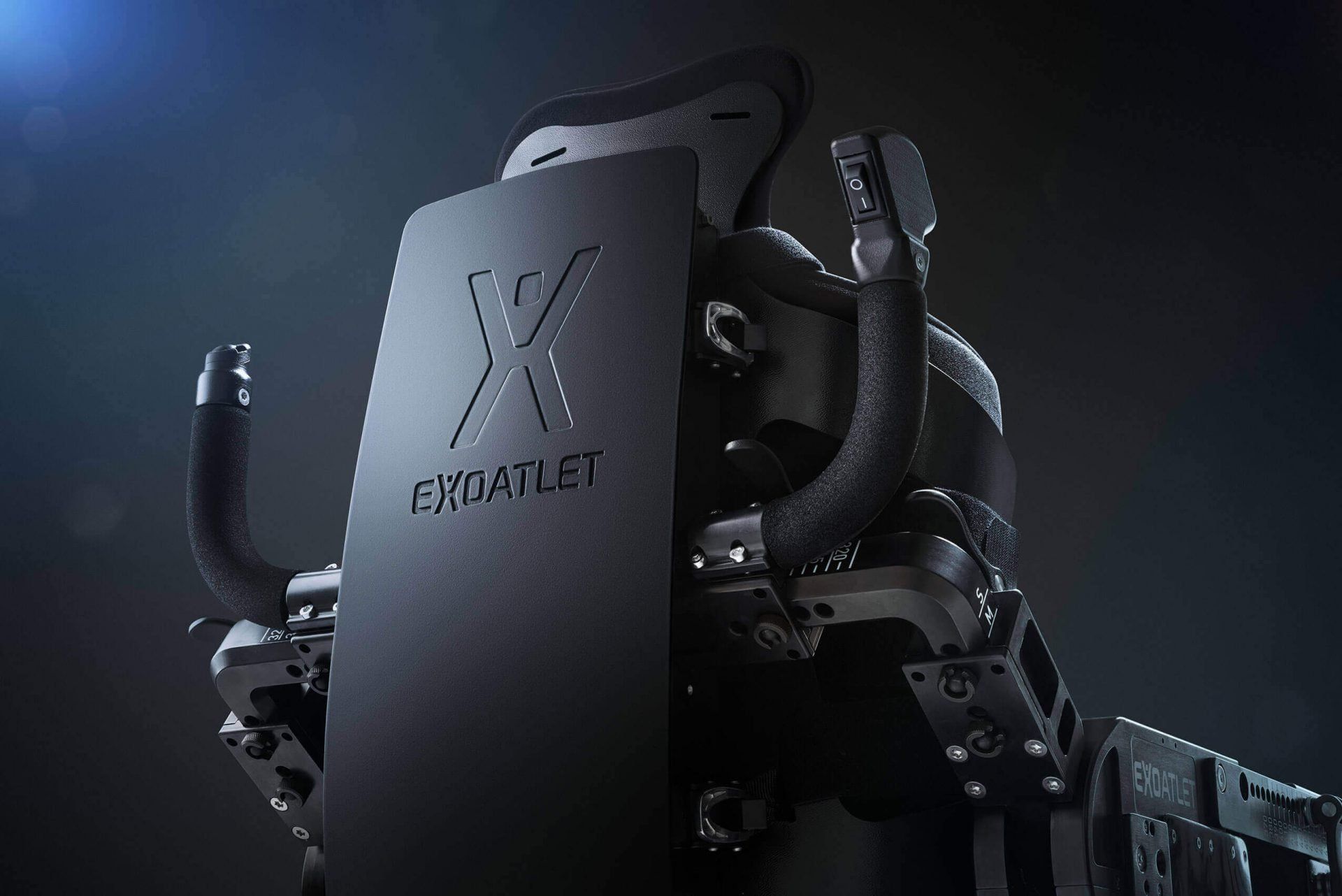
INDEPENDENT POWER SUPPLY FOR MEDICAL EXOSKELETONS A FRIWO systems solution in practice Finally being able to walk again. ExoAtlet, the renowned medical technology company, wants to grant that exact wish to its patients with physical disabilities. The specially designed and built exoskeleton allows people who have been confined to a wheelchair to stand freely, and without assistance, for the first time since their disability – and not only stand, but walk! The “ExoAtlet II” skeleton allows the wearer to move at different speeds as well as across different types of terrain without being hindered by stairs or other obstacles.
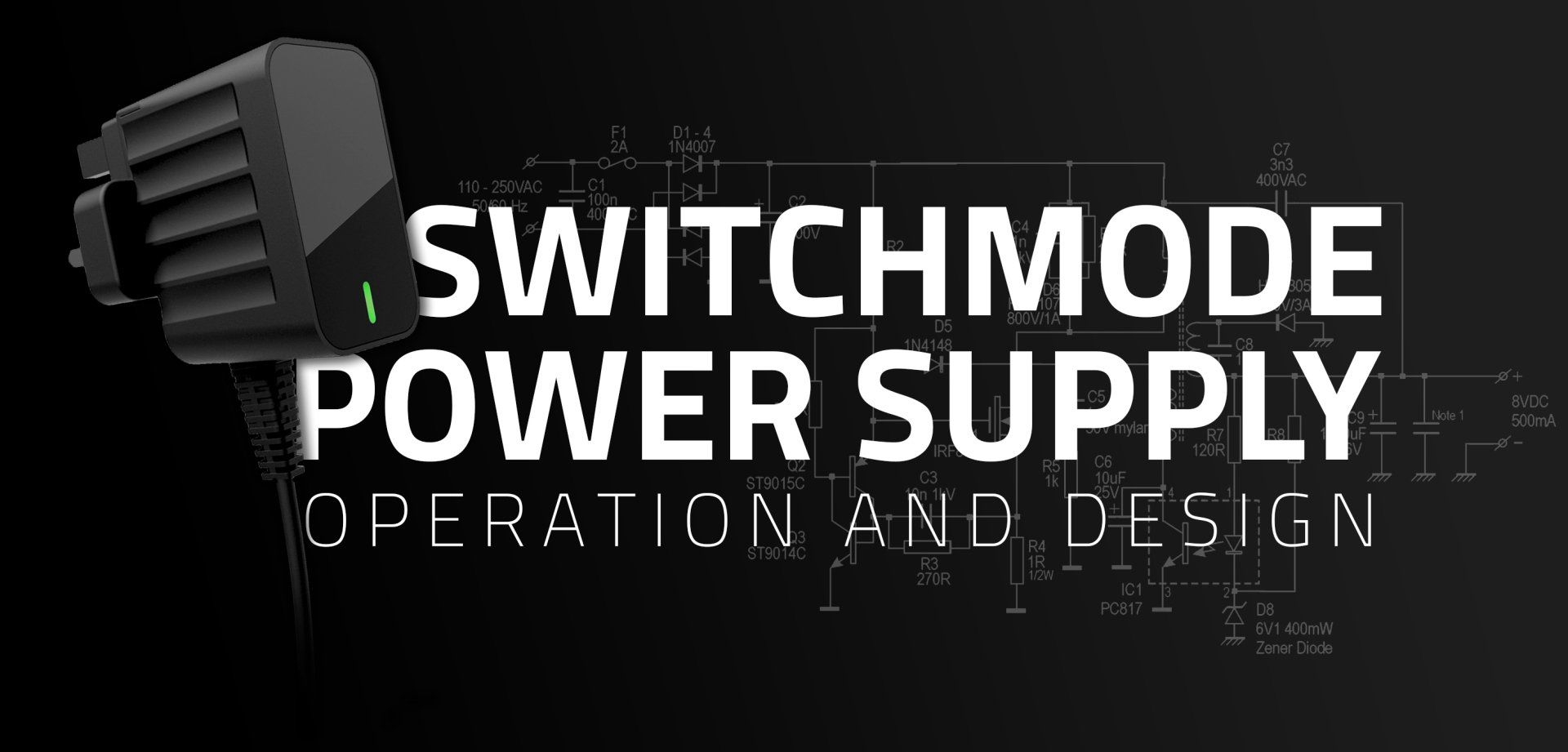
Switchmode Power Supplies vs Linear Power Supplies
The vast majority of low voltage external power supplies sold globally these days are switching (switchmode) units, as opposed to the original Linear technology, which is only considered appropriate for certain niche markets due to it’s inability to meet required efficiency standards.
In this article we will explore just some of the technical aspects & features and benefits of Switchmode topology vs Linear.
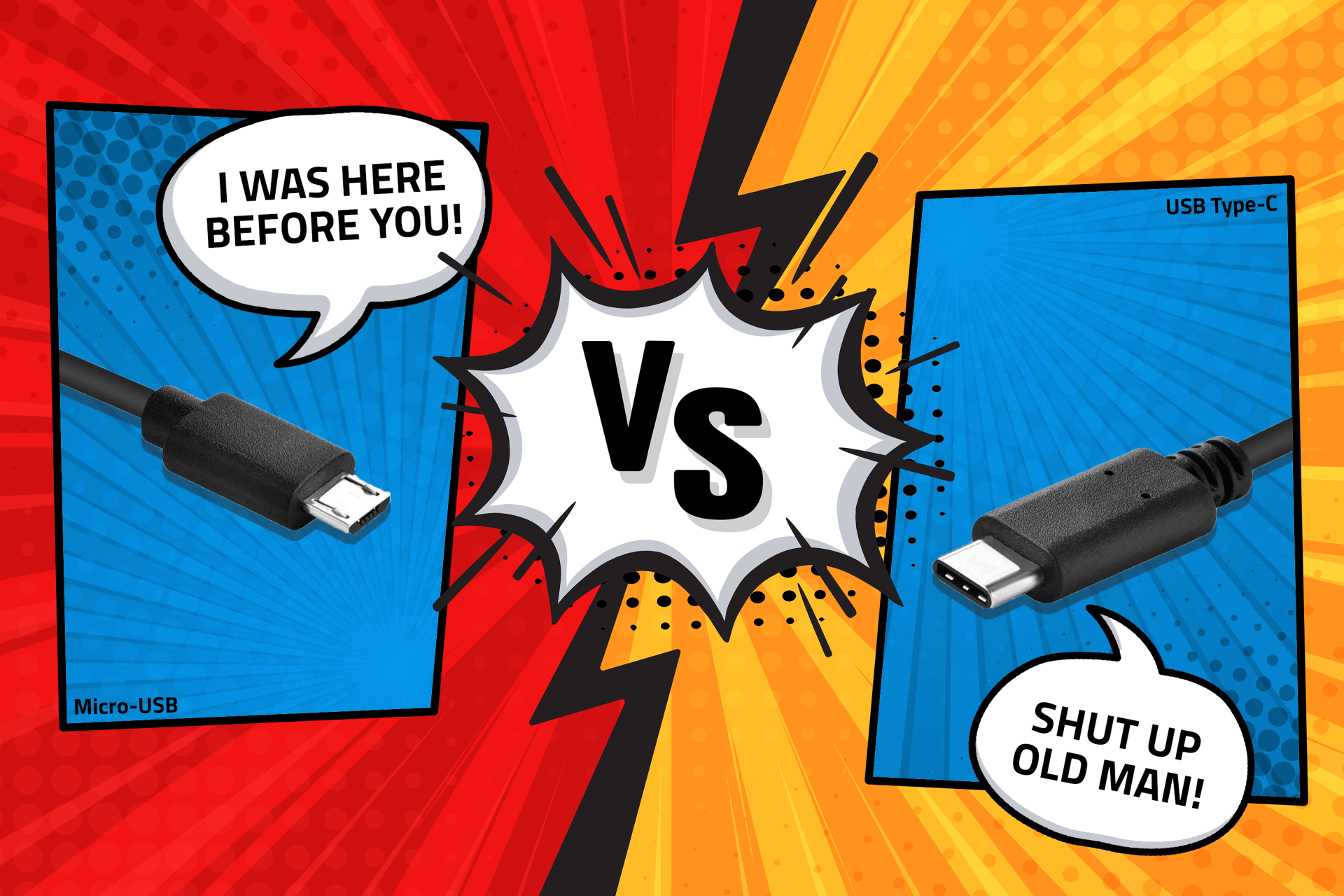
The micro USB connector has been the most common connector for plug top devices for the last few years, but as with everything the times are changing. This is where the Type-C USB has started to step in, with more and more pieces of tech coming with a Type-C charger rather than the old favourite. So the question is why? If the old micro USB isn’t broken then why ‘fix’ it?


